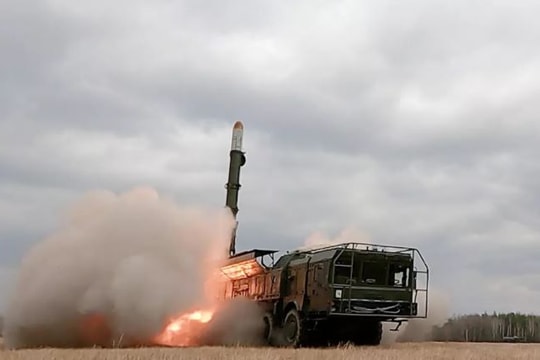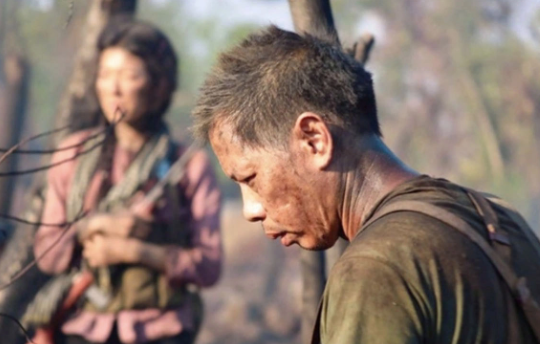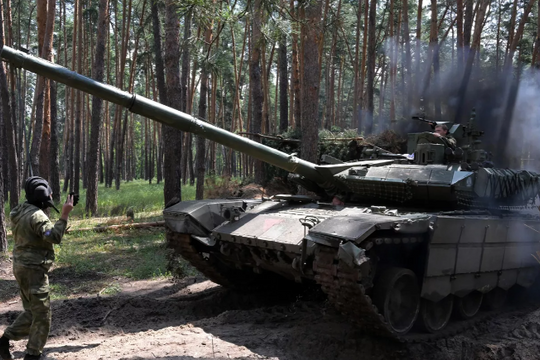5 most terrible atomic bombs in world history
(Baonghean.vn) - Atomic bomb explosions that occurred in the past made people shudder with fear because of the terrible impact they caused.
1. The "Little Boy" atomic bomb
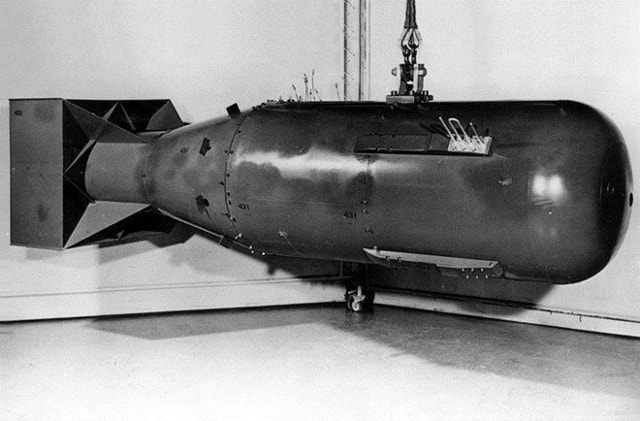 |
| The "Little Boy" atomic bomb was a nuclear bomb dropped by the United States on Hiroshima, Japan, on August 6, 1945. An estimated 192,020 people died in Hiroshima from heat, radiation, and other effects of the "Little Boy" nuclear bomb. "Little Boy" weighed 4,400 kg, was 3 m long, and had a diameter of 71 cm. The nuclear bomb was dropped from the flight deck of a US Air Force B-29 bomber, the "Enola Gay". |
2. Atomic bomb “Fat Man”
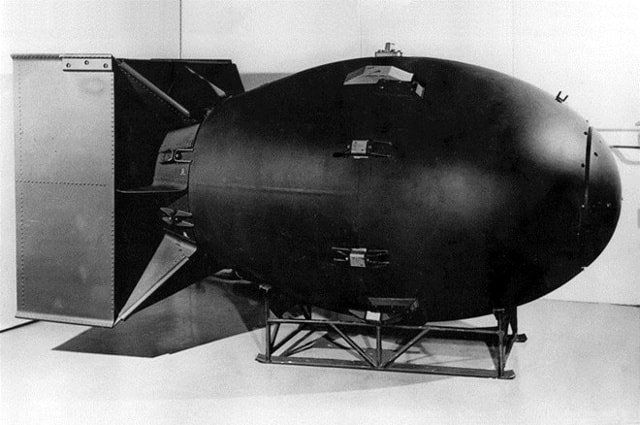 |
| “Fat Man” is the name of the second atomic bomb that the US dropped on Nagasaki, Japan on August 9, 1945. It is estimated that about 70,000 people here died because of the explosion of the “Fat Man” atomic bomb. The “Fat Man” atomic bomb weighed 4,633 kg, had a diameter of 1.5 m and a length of 3.3 m. The explosion of this atomic bomb caused a mushroom cloud rising 18.2 km high. |
3. AN606 thermonuclear bomb
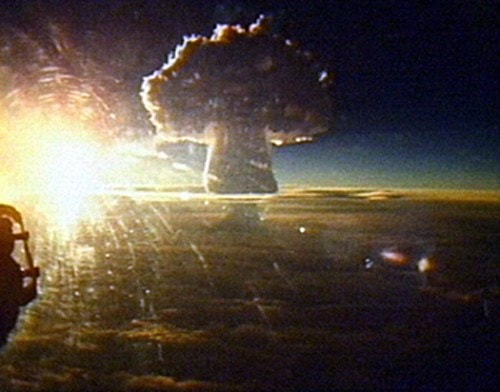 |
| The AN606 thermonuclear bomb, nicknamed the Tsar Bomba, is one of the most destructive atomic bombs in history. Accordingly, on October 30, 1961, the Soviet Union detonated the Tsar Bomba at an altitude of 4,000 m on an island in the Arctic Circle called Novaya Zemlya (new land). After the nuclear bomb exploded, a mushroom cloud was created up to 60 km high. The explosion created a 5.7 magnitude earthquake with a destructive radius of 900 km. The Tsar Bomba had an explosive yield of 50 megatons, equivalent to 50 million tons of TNT, with a destructive power 3,800 times greater than the bomb dropped on Hiroshima in World War II. This was also the largest atomic bomb ever built and exploded. |
4. Atomic bomb tested by the Soviet Union
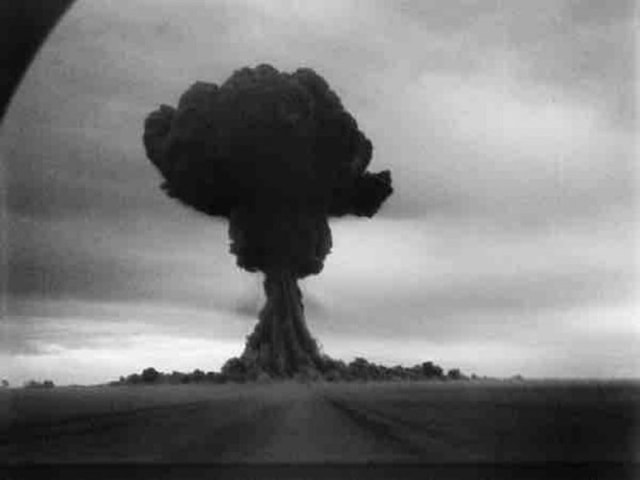 |
| On December 24, 1962, the Soviet Union conducted test No. 219 in Novaya Zemlya. The bomb had a destructive power of up to 24.2 megatons. This nuclear weapon had terrible destructive power when it swept away everything within a radius of more than 9 km.2and caused third-degree burns over an area of 5,800 square kilometers.2This Soviet nuclear bomb test took place in the context of the country's arms race with the United States. |
5. The first hydrogen bomb was made by the US
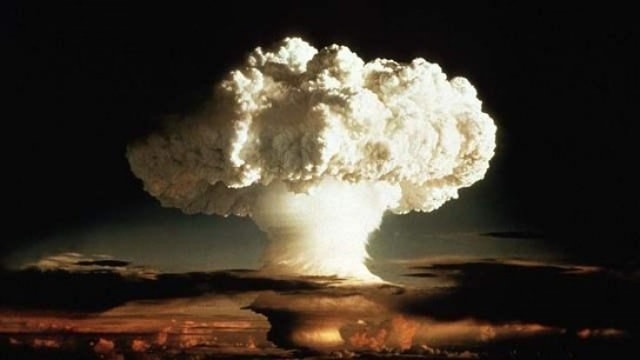 |
| Castle Bravo was the code name for the first hydrogen bomb test conducted by the United States at Bikini Atoll, Marshall Islands, Pacific Ocean on March 1, 1945. This nuclear weapon was designed with an explosive yield equivalent to 15 megatons of TNT. Therefore, when it exploded, it created a fireball with a diameter of 7 km. The mushroom cloud formed from the explosion reached a height of 40 km and a diameter of 10 km after 10 minutes of the explosion. The amount of radiation spread over an area of 160 km from the epicenter of the explosion, thereby causing the worst nuclear bomb disaster in American history. |
Kim Ngoc
(Synthetic)
| RELATED NEWS |
|---|


